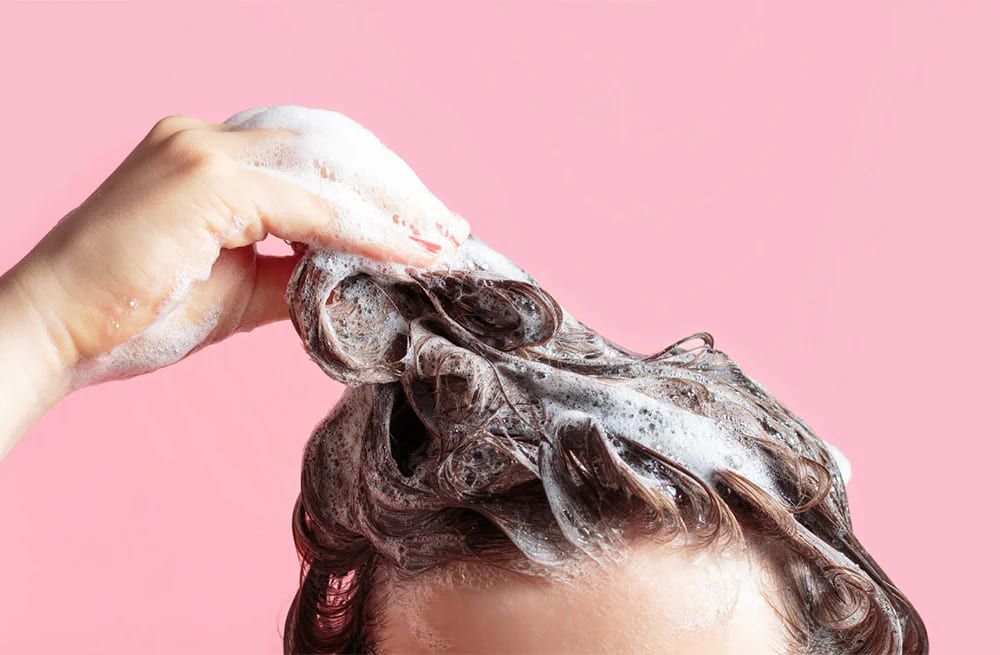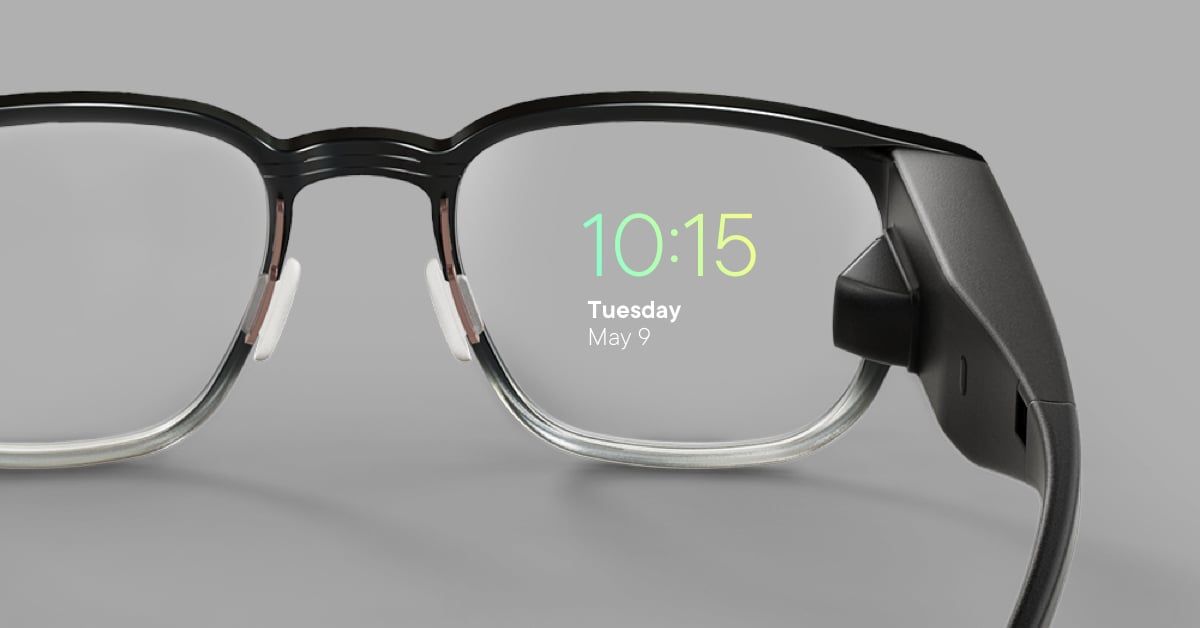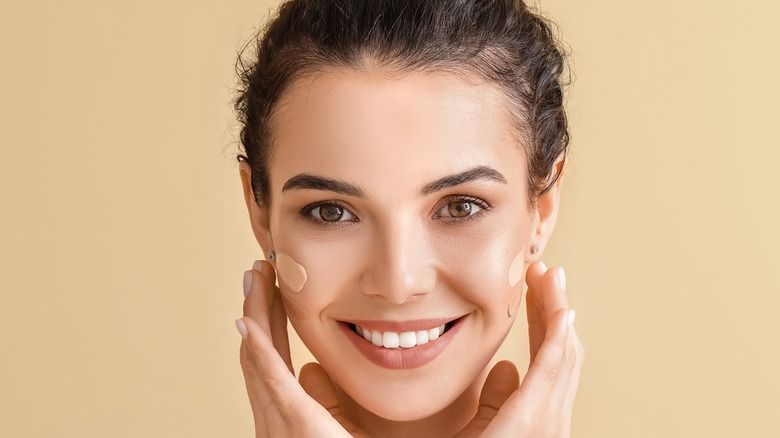Having oily hair can be pretty miserable, especially if it seems greasy within a day or two of washing. Sebum production is a natural process that maintains a moisturized scalp, but too much of it can make hair appear flat, dirty and heavy. The appropriate shampoo can be extremely effective in controlling oil production, but with what seems like a million products on the market, it might be tough to pick one to follow. Once you understand the causes of oily hair, the key ingredients to look for in a shampoo will help, to make an informed choice.
A Brief Guide to Construction Jobs

Overactive sebaceous glands are one of the biggest culprits behind greasy hair. The glands generate sebum, a greasy liquid that shields and moisturizes the scalp. But genetics, hormonal fluctuations, stress, and even overwashing will make these glands pump out more oil than you need. Ironically, if you wash your hair too often, it can dry the scalp out of its natural oils and, as a result, the scalp amends by producing a larger amount of sebum (the natural oil). Thus finding the right shampoo to cleanse without over-drying can be important.
The first thing you need to look for when searching for an oily hair shampoo is the formulation. Clarifying shampoos are often suggested because they contain deep-cleansing agents that eliminate built up oil, product buildup, and impurities. But they can be harsh for daily use, as they can strip the scalp of too much natural oil, resulting in rebound oiliness. For everyday use, a sensitive, sulfate-free shampoo is more suitable.
Another key aspect is the addition of balancing elements. For example, tea tree oil shampoos are great for oily scalp because the oil is antibacterial and antifungal, which really keeps the sebum production in check and a healthy environment on the scalp. Similarly, witch hazel or salicylic acid shampoo may help reduce sweatiness by exfoliating the scalp and clearing your hair follicles. Such ingredients actually prevent product buildup, which can otherwise trap oil and makes hair look greasier.
If you have fine or thin hair, one great option is volumizing shampoos. Their products are formulated to give hair body and lift, which can feel flat when weighed down by oil. These products have lighter cleansing agents, which can quench extra oil without heavy residues. But you should avoid shampoos with heavy moisturizers, including silicones or oils, which can worsen greasiness. Go for water-based or oil-free formulas that will do the deep-cleaning without any additional heft.
Proper washing techniques are also essential to managing oily hair, in addition to choosing the right shampoo. Regardless, many people actually make the mistake of scrubbing their hair aggressively in the misguided belief that this will get rid of extra oil. But aggressive scrubbing can prompt the sebaceous glands to produce more oil. Instead, using your fingertips, gently massage your scalp in circular motions. This technique allows for a proper cleanse while not overstimulating oil production. Rinsing with lukewarm water, rather than hot water, also keeps the scalp from becoming too dry and triggering excess sebum secretion.
Choosing the right shampoo is important, but complementary hair care practices can also aid in combating oiliness. For example, skipping heavy conditioners on the scalp and focusing on the mid-lengths and ends stops more surface oil from materializing. Dry shampoo can also be a helpful short-term fix between washes, as it soaks up excess oil and adds texture. However, it should not substitute for regular washing: prolonged use can irritate the scalp and clog hair follicles.
Ultimately, it comes down to a balanced approach to oily hair while cleansing, but not stripping, the scalp, utilizing the right products, and developing good hair care habits. Depending on your hair and oil production level, you might need to try different types of shampoo until you find the perfect one. With the right routine, it’s possible to keep greasiness at bay and extend the time in between your hair washing and ensure your tresses are fresh and voluminous for longer.


Guess you like
-

Innovations in Bionic Robotic Hand Vacuum Cleaners at CES 2025
-

Pizza Hut: From Kansas Storefront to Global Pizza Giant
-

A Fierce Fashion Rivalry Between Loewe and Miu Miu: How Should Consumers Choose?
-

Smart Glasses Set to Achieve Exponential Growth This Year: Who Leads the Global Market?
-

Apple iPhone 17 Air New Revelations
-

Vuori Celebrates 10 Years with the Launch of the 2025 Spring Kore Short
Trending
-
1

Kim Kardashian vs. Kylie Jenner: A Deep Dive Into Which Beauty Empire Deserves Your Money
-
2

Finding the Perfect Foundation for Students: Gentle, Affordable, and Skin-Friendly Options
-
3

Avoid These Kylie Cosmetics Products: A Honest Review
-
4

Why Has Dior 999 Remained an Iconic Lipstick for Decades
-
5

Why Can Chanel No. 5 Endure Forever Among So Many Perfumes
-
6

Best Makeup Foundations for Flawless and Radiant Skin
Featured?Articles
-

Kim Kardashian vs. Kylie Jenner: A Deep Dive Into Which Beauty Empire Deserves Your Money
-

Finding the Perfect Foundation for Students: Gentle, Affordable, and Skin-Friendly Options
-

Avoid These Kylie Cosmetics Products: A Honest Review
-

Why Has Dior 999 Remained an Iconic Lipstick for Decades
-

Why Can Chanel No. 5 Endure Forever Among So Many Perfumes
-

Best Makeup Foundations for Flawless and Radiant Skin


